Kawara, the traditional, roof tiles of Japan, not only keep the rain out but they have personality, meaning and spiritual symbolism. You cannot travel to Japan without noticing the tidiness, attention to detail and deliberate use of design to improve the look of dull and everyday objects to create a beautiful living environment. Whether it is a carefully pruned garden, meticulously rolled sushi, or decoration on a utility cover, Japan is the perfect place for anyone who is buoyed by thoughtful design details, craftsmanship and character. Kawara are just one of the many ways Japanese people incorporate decoration and symbolism into their shrines, temples and homes.
Disclosure: I may earn compensation from the purchase of any product or service linked on this website, at no extra cost to you. I only link to products I use and love, therefore feel comfortable recommending.
A brief history of Japanese roof tiles
One notable aspect of Japan’s traditional architecture is the kawara – roof tiles that can be traced back to the late 6th century when oven-baked clay tiles were introduced to Japan, from China and Korea.
Upon the arrival of kawara in Japan, which coincided with the migration of Buddhism, the tiles were decorated with botanical motifs that generally depicted lotus blooms, a flower revered in the Buddhist faith. Around the 11th century, fashions changed and tile decorations became increasingly diverse.
The most commonly decorated tiles are those that cap the ends of the eaves, corners or ridgeline of a roof. They seal the structure to prevent water leakage, wear and tear. Eaves are capped with round disks, known as gatou, joined by broad, semi-circular tile endings called nokihiragawara.
Symbolism and design
Among the many symbols used to decorate Japanese roof tiles are:
- Buddhist symbols – such as the swastika (pre-Nazi appropriation), often used on shrines and religious buildings.
- Tomoemon – an arrangement of swirling commas symbolising water.
- Kamon – identifying family seals or crests. See a comprehensive index of Kamon here.
Ogre tiles
Onigawara, or ogre tiles, are generally used as accents on the corners and peaks of roofs. They are particularly common on those of Buddhist temples.
As the “oni” part of the name suggests, many of these tiles are decorated with the faces of demons or ogres. They may also depict flowers and other symbols such as clan emblems. However, don’t mistake the fierce-looking ogres for being strictly evil beings. In Japanese culture they are like guard dogs, scaring off malicious spirits that might bring bad fortune to those living or worshipping under that roof.
Oni come in many forms, each with a specialisation that often refers to a particular element or cosmic body. Stars, moons, water, clouds, fire – a little like the cast of Captain Planet. Depending on their particular brand of power, oni are believed to attract wealth, longevity, light and/or purity. Alternatively, they may be more gifted at repelling unwelcome fires and misfortune.
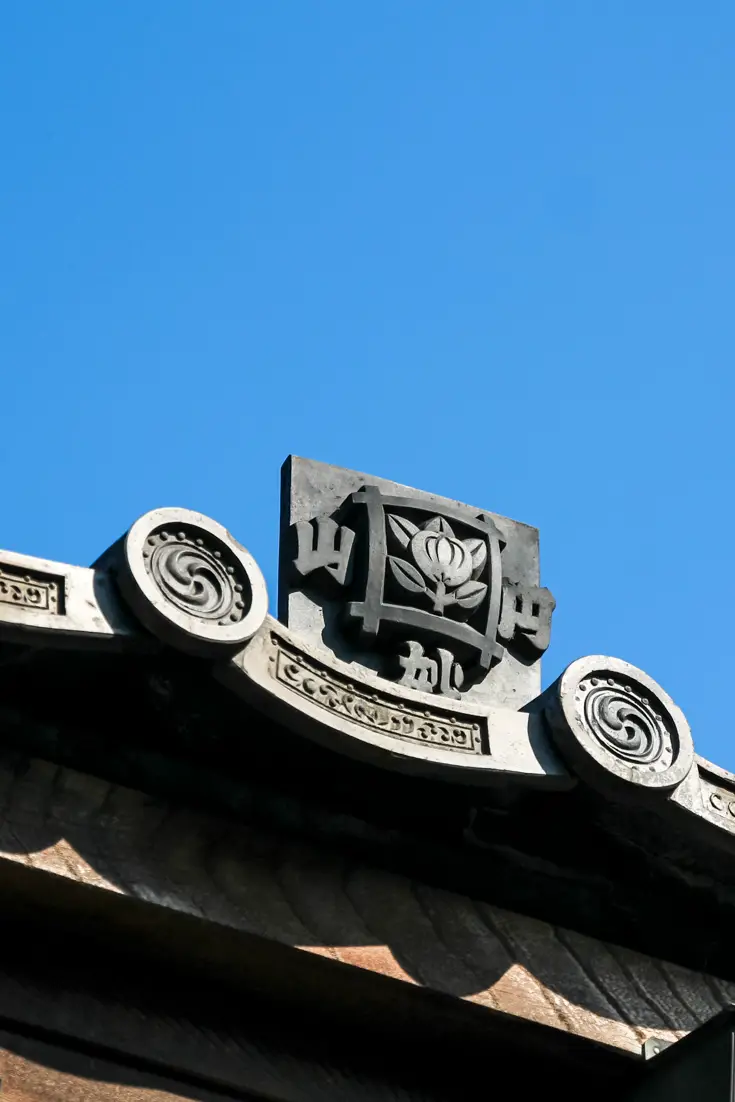
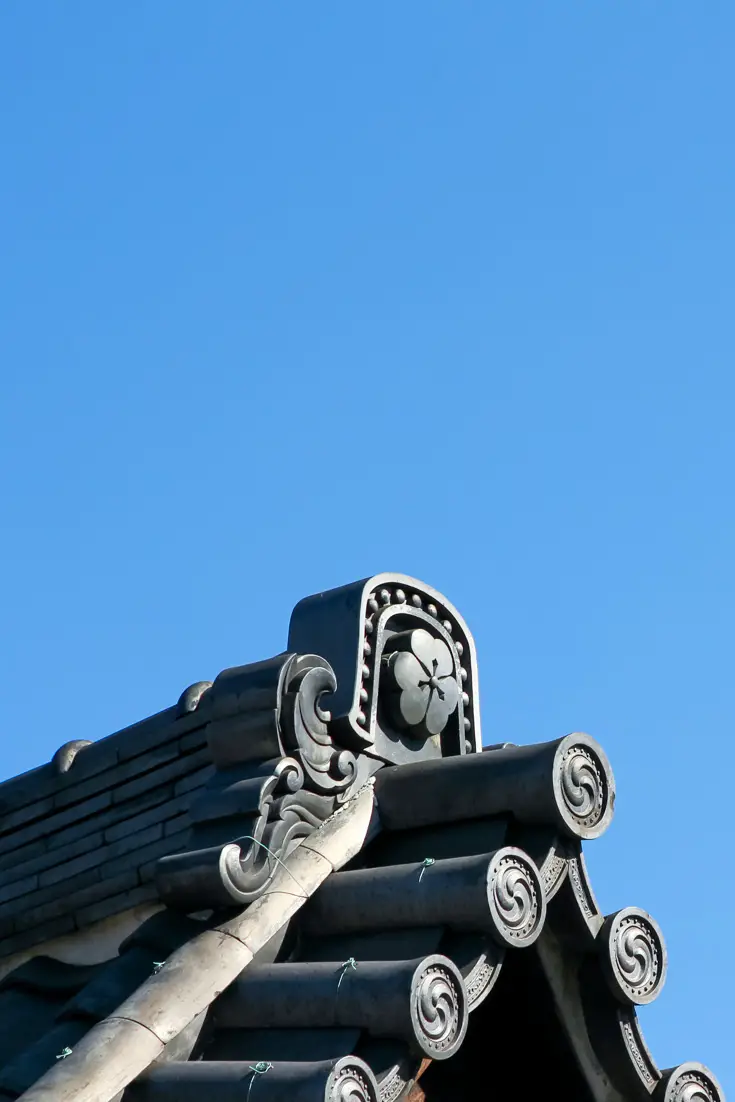



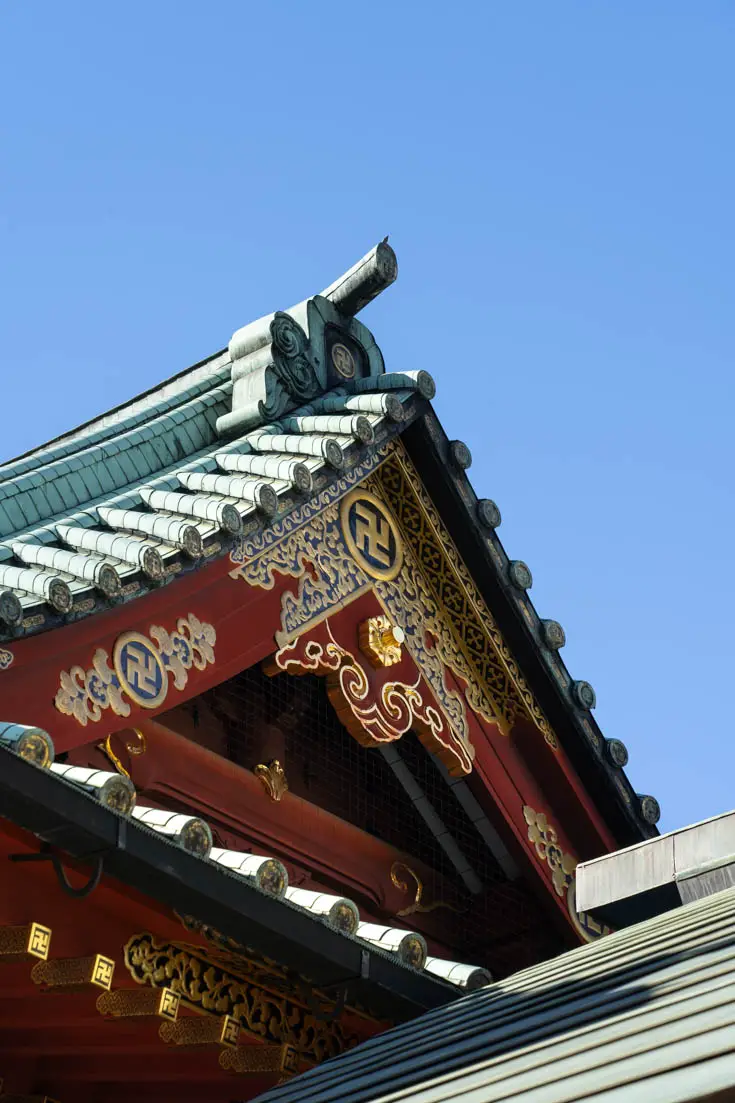
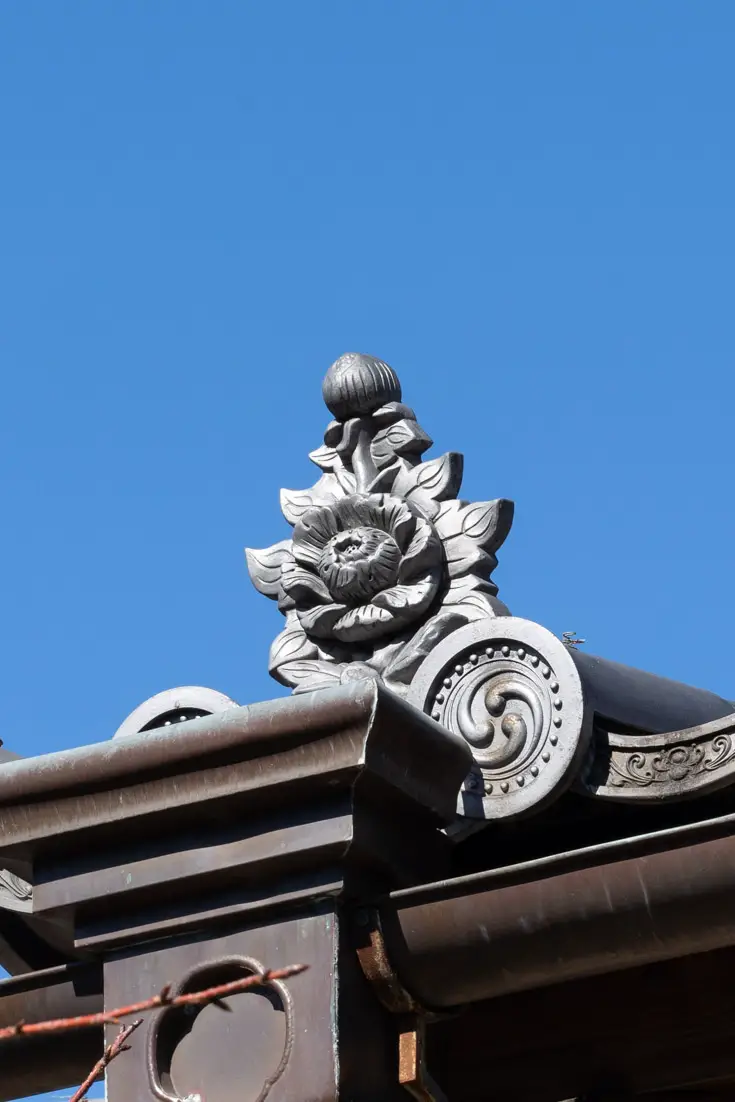

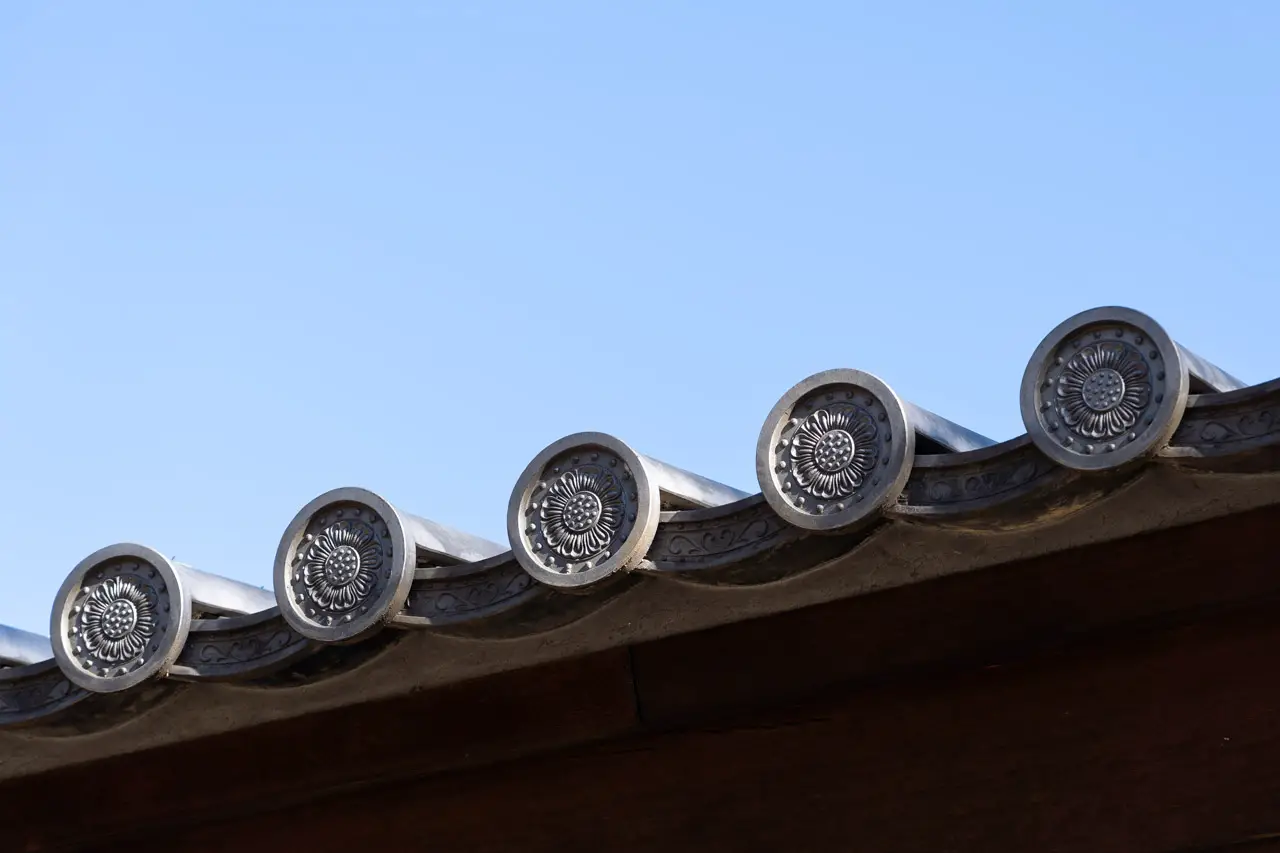
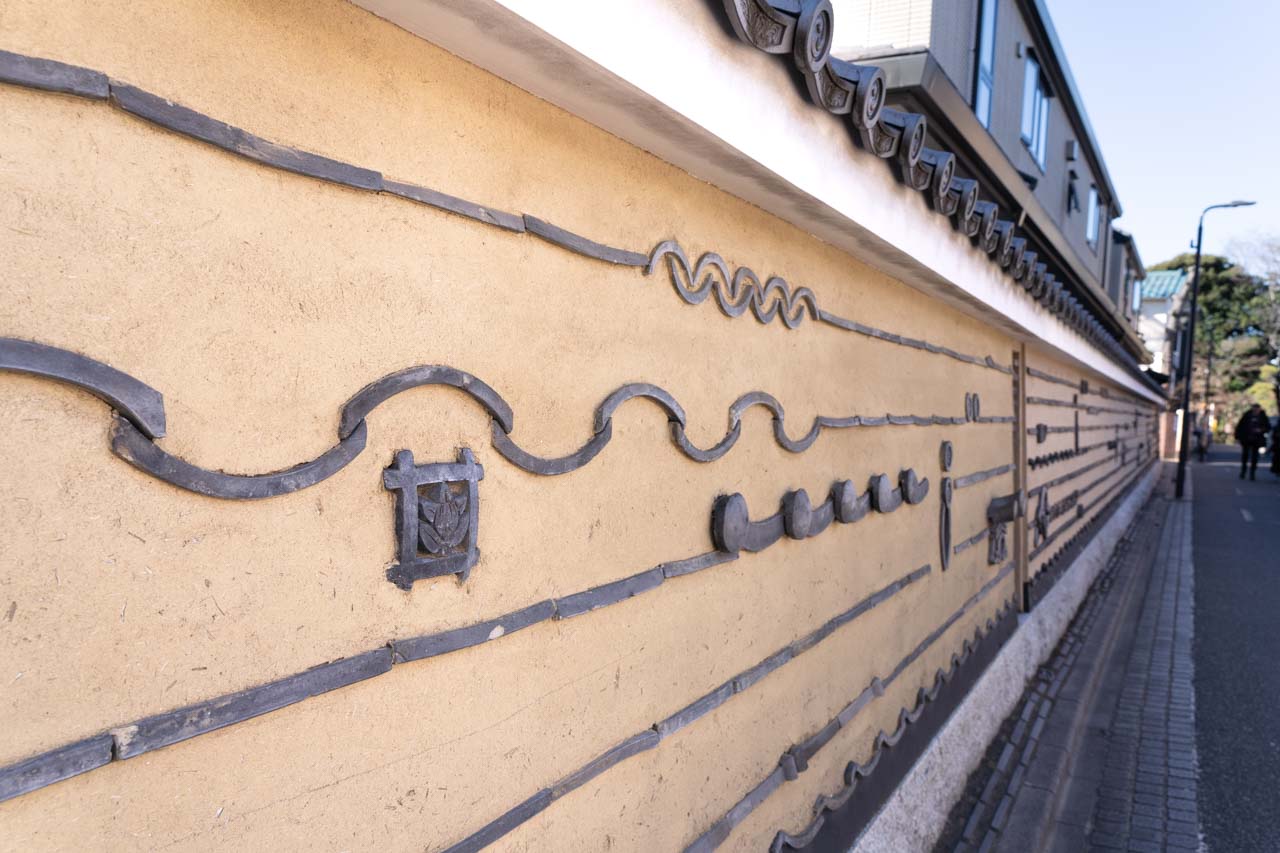
It only took me half a day in Tokyo for Japanese roof tiles to ignite my curiosity. It soon became a game to seek out new symbols and find out their meaning. The roof tiles of Japan are a fun reminder that function is, of course, essential but form and attention to detail can brighten the ordinary and bring joy to the everyday.
See more on Japan at these top things to do in Tokyo and Even Samurai Grow Flowers – The Story of Japan’s Chrysanthemums.
Peace, love & inspiring travel,
Madam ZoZo

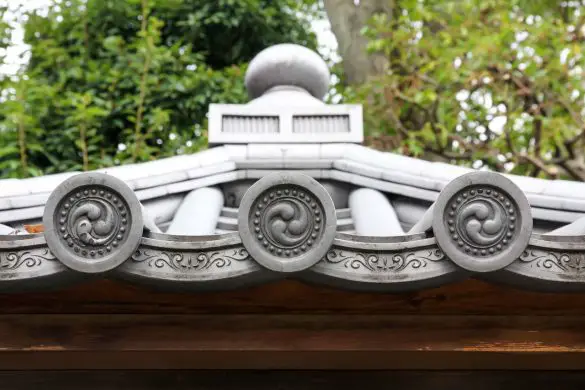
2 comments
Wonderful commentary and photos. Very illuminating. Do you know the work of Tanaka Ryohei, etcher?
Thank you, James. I’m not familiar with the work of Tanaka Ryohei but upon a quick Google, I like what I see so far – all those beautiful seasonal images! Thanks for bringing him to my attention.